Introduction
Maintaining optimal humidity levels in your home is essential for both comfort and health. However, finding a device that effectively removes excess moisture without disrupting your peace can be challenging. Fortunately, a quiet dehumidifier has become a practical solution for many households. This article explores whether a quiet dehumidifier exists, its advantages, and how to choose the right one for your needs.
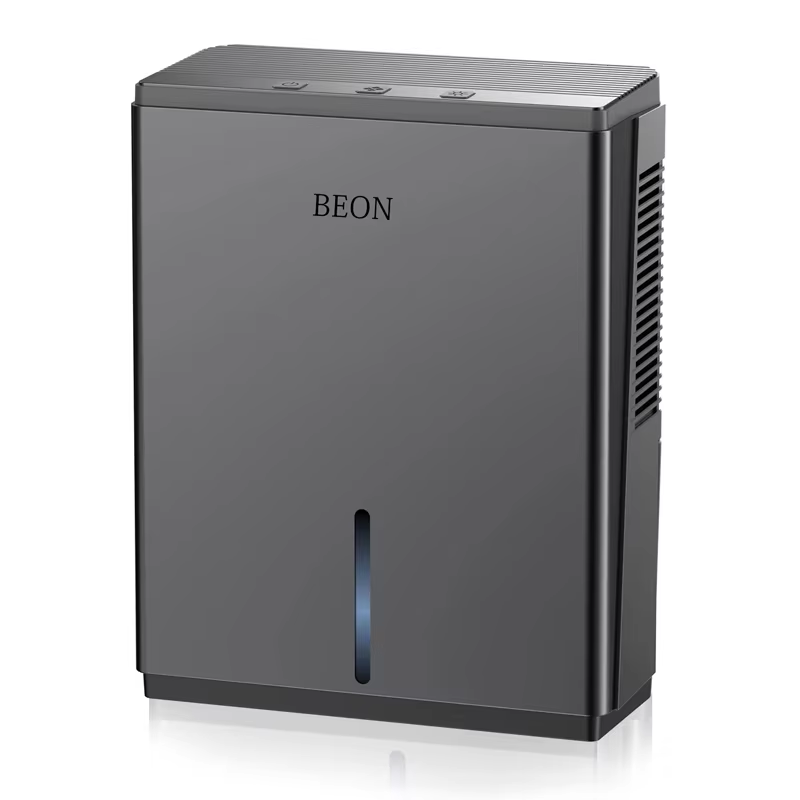 Understanding Dehumidifiers and Their Noisiness
Understanding Dehumidifiers and Their Noisiness
What is a Dehumidifier?
A dehumidifier is an electrical appliance designed to reduce and maintain the level of humidity in the air. By extracting moisture, it helps prevent mold growth, musty odors, and damage to household items. Additionally, maintaining proper humidity levels can enhance indoor air quality and comfort. Both functionality and efficiency are crucial when selecting a dehumidifier for your home.
Why Do Dehumidifiers Make Noise?
Traditional dehumidifiers often produce noise due to their fans and compressors working to remove moisture from the air. The noise level can vary significantly depending on the model and its components. For those sensitive to sound, especially in bedrooms or living spaces, the noise from a standard dehumidifier can be a significant drawback. Moreover, the continuous operation of these devices can lead to disturbances in daily activities.
The Existence of Quiet Dehumidifiers
Do Quiet Dehumidifiers Actually Exist?
Absolutely, quiet dehumidifiers do exist. In recent years, manufacturers have focused on designing models that operate with minimal noise without compromising performance. Consequently, these units integrate advanced technologies and sound-dampening materials to ensure a quieter operation, making them suitable for use in any part of the home. Therefore, consumers now have access to more peaceful dehumidifying options.
How Quiet Are Quiet Dehumidifiers?
Quiet dehumidifiers typically operate at noise levels ranging from 30 to 50 decibels. To put this into perspective, 30 decibels is comparable to a quiet library, while 50 decibels is similar to a conversation at home. These noise levels are significantly lower than those of traditional dehumidifiers, which can exceed 60 decibels. As a result, users can enjoy a comfortable environment without the intrusive hum of moisture removal.
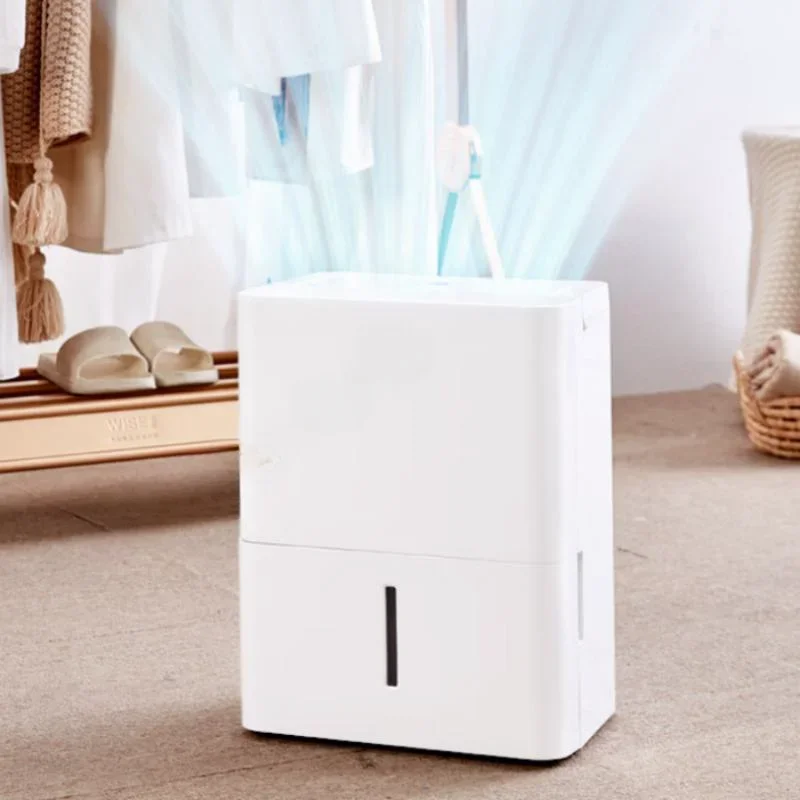 Key Features of Quiet Dehumidifiers
Key Features of Quiet Dehumidifiers
Advanced Compressor Technology
One of the primary reasons quiet dehumidifiers can operate silently is their advanced compressor technology. Instead of the traditional single-speed compressors, many quiet models use variable-speed compressors that adjust their operation based on the humidity levels. This not only reduces noise but also enhances energy efficiency. As a matter of fact, variable-speed compressors allow for more precise control over the dehumidifying process.
Sound-Dampening Materials
Manufacturers incorporate sound-dampening materials and designs to minimize vibrations and noise. These materials absorb and reduce the sound produced by the internal components, ensuring that the dehumidifier runs quietly even during continuous operation. Additionally, the use of quality materials contributes to the overall durability and performance of the unit.
Fan Speed Control
Quiet dehumidifiers often come with adjustable fan speeds. By lowering the fan speed, the unit can operate more quietly while still effectively removing moisture from the air. This feature allows users to balance performance and noise according to their preferences and needs. Furthermore, adjustable fan speeds provide greater flexibility in managing indoor humidity levels.
Benefits of Using a Quiet Dehumidifier
Improved Sleep Quality
A quiet dehumidifier is ideal for bedrooms, as it ensures that the device does not disturb your sleep. By maintaining comfortable humidity levels without the intrusive noise, it creates a restful environment conducive to better sleep quality. As a result, users can enjoy uninterrupted rest and wake up feeling refreshed.
Enhanced Comfort in Living Spaces
In living areas, a quiet dehumidifier helps maintain a pleasant atmosphere without the constant hum often associated with moisture removal. This allows for uninterrupted conversations, movie watching, and relaxation without the distraction of background noise. Consequently, the overall enjoyment of living spaces is significantly improved.
Protection of Home and Health
Beyond noise reduction, quiet dehumidifiers effectively prevent mold growth, reduce allergens, and protect furniture and electronics from moisture damage. Maintaining optimal humidity levels is crucial for preventing respiratory issues and ensuring a healthy living environment. Furthermore, a dry environment deters pests, enhancing the overall safety of your home.
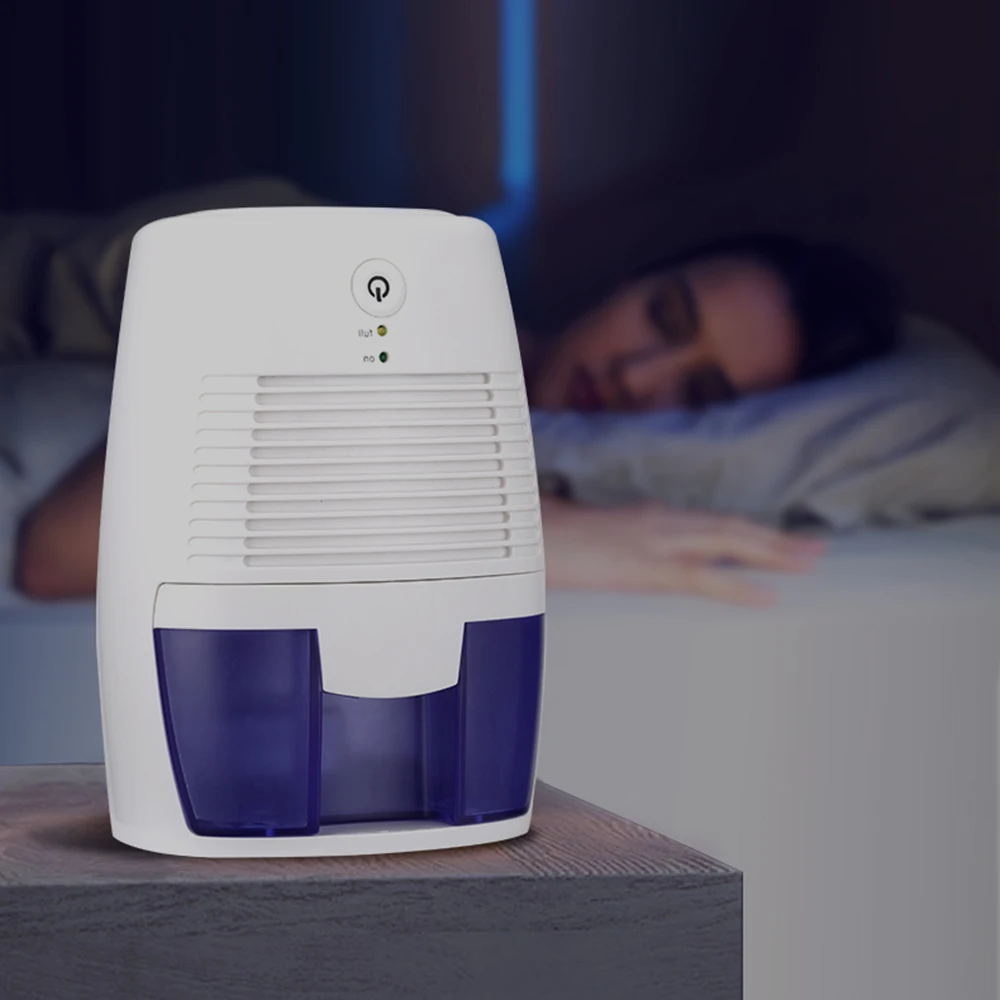 Choosing the Right Quiet Dehumidifier for Your Home
Choosing the Right Quiet Dehumidifier for Your Home
Assessing Your Needs
Before purchasing a quiet dehumidifier, it’s essential to assess the specific needs of your home. Consider factors such as the size of the area you need to dehumidify, the current humidity levels, and any specific requirements like portability or energy efficiency. By doing so, you can select a unit that best fits your unique situation.
Evaluating Noise Levels
When selecting a quiet dehumidifier, pay close attention to the manufacturer’s specified noise levels. Look for units that operate below 50 decibels to ensure minimal disruption. Additionally, reading customer reviews can provide insights into the real-world noise performance of the device. This information is invaluable in making an informed decision.
Energy Efficiency Considerations
Energy-efficient models not only save on electricity bills but also tend to produce less heat and noise. Look for dehumidifiers with Energy Star ratings or similar certifications, indicating that they meet high standards for energy efficiency and performance. Additionally, energy-efficient units often incorporate eco-friendly technologies, benefiting both your wallet and the environment.
Features and Functionalities
Modern quiet dehumidifiers come with a range of features such as programmable timers, automatic shut-off, and digital displays. These functionalities enhance convenience and allow for better control over the device’s operation, ensuring it meets your specific needs effectively. Moreover, smart features like Wi-Fi connectivity enable remote monitoring and control, adding to the device’s versatility.
Top Dehumidifier Models on the Market
Model A: WhisperQuiet 3500
The WhisperQuiet 3500 is renowned for its ultra-silent operation and high efficiency. With a noise level as low as 30 decibels, it is perfect for bedrooms and offices. Its sleek design and user-friendly interface make it a popular choice among consumers seeking a discreet moisture control solution. Additionally, its compact size allows for easy placement in various settings.
Model B: SilentBreeze 5000
SilentBreeze 5000 combines powerful dehumidifying capabilities with minimal noise output. It features a smart humidity sensor that adjusts the operation based on real-time humidity levels, ensuring optimal performance while maintaining a quiet environment. As a result, users experience efficient moisture removal without unnecessary noise.
Model C: EcoQuiet Pro
EcoQuiet Pro stands out for its energy-efficient design and whisper-quiet performance. Equipped with a built-in humidistat and multiple fan speeds, it offers versatile operation for various spaces, from basements to living rooms, without adding unwanted noise. Furthermore, its eco-friendly features contribute to both cost savings and environmental sustainability.
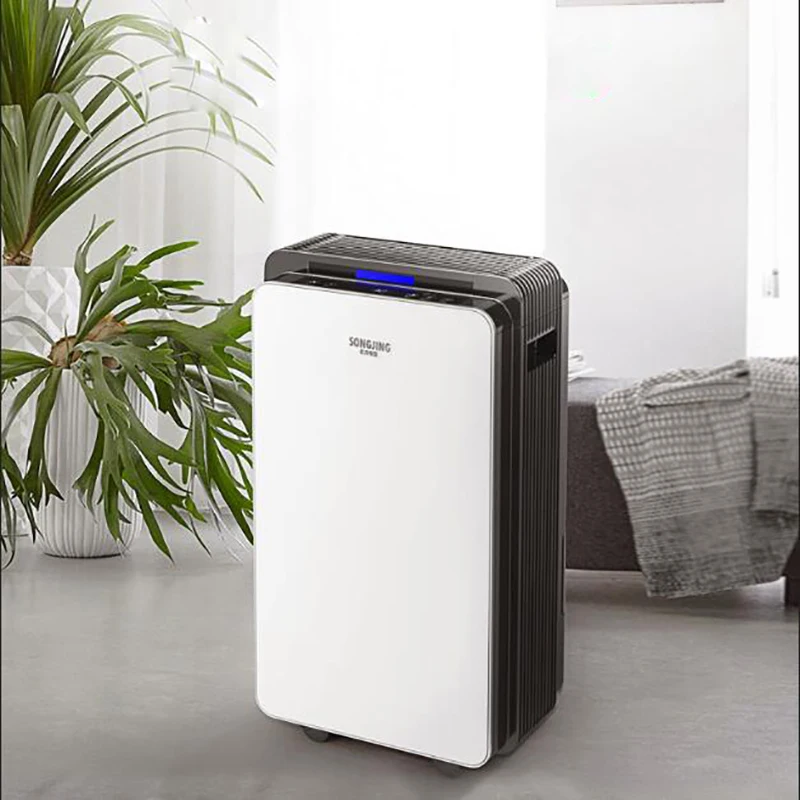 Maintenance Tips for Dehumidifiers
Maintenance Tips for Dehumidifiers
Regular Cleaning
To ensure your quiet dehumidifier operates efficiently and quietly, regular cleaning is essential. Clean the air filters and water reservoir as per the manufacturer’s instructions to prevent dust accumulation and maintain optimal airflow. Additionally, regular maintenance helps extend the lifespan of the device.
Checking for Obstructions
Obstructions can cause the dehumidifier to work harder, increasing noise levels. Periodically check and clear any blockages around the unit, ensuring that it has adequate ventilation and can operate smoothly. By doing so, you prevent unnecessary strain on the device, maintaining its quiet performance.
Timely Repairs
If you notice unusual noises or a decrease in performance, address the issue promptly. Delaying repairs can lead to more significant problems and potentially increase the noise generated by the unit. Regular maintenance checks can help identify and resolve issues before they escalate, ensuring the longevity of your quiet dehumidifier.
Frequently Asked Questions About Dehumidifiers
Does a quiet dehumidifier effectively remove moisture?
Yes, a quiet dehumidifier effectively removes moisture just like any standard unit. The key difference lies in the design and technology that minimize noise without compromising on performance. Consequently, users can enjoy both efficient moisture removal and a peaceful environment.
Are quiet dehumidifiers more expensive?
Quiet dehumidifiers may be slightly more expensive than their noisier counterparts due to advanced technologies and materials used in their construction. However, the investment is worthwhile for the added comfort and reduced noise levels. Additionally, energy-efficient models can lead to long-term savings on electricity bills.
Can quiet dehumidifiers be used in large spaces?
Yes, there are quiet dehumidifiers available with high-capacity models suitable for large spaces. When choosing a unit for a larger area, ensure it has the appropriate moisture removal capacity and operates efficiently at low noise levels. Moreover, larger models often come with enhanced features to handle extensive humidity control.
Real-Life Experiences with Quiet Dehumidifiers
Enhancing Bedroom Comfort
Many users have reported significant improvements in bedroom comfort after switching to a quiet dehumidifier. By maintaining optimal humidity without the intrusion of noise, they have experienced better sleep quality and a more relaxing environment. As a result, bedrooms become true sanctuaries for rest and rejuvenation.
Protecting Home Interiors
Homeowners have also appreciated the role of quiet dehumidifiers in protecting their interiors. From safeguarding wooden furniture to preventing mold growth in basements, these devices offer a silent yet effective solution for maintaining a healthy home. Additionally, electronics and other sensitive items remain safe from moisture-related damage.
Improving Overall Well-Being
Beyond physical comfort, a quiet dehumidifier contributes to overall well-being by reducing allergens and improving air quality. Users have noted fewer respiratory issues and a more pleasant living environment, highlighting the holistic benefits of these appliances. In essence, the positive impact on health extends beyond mere moisture control.
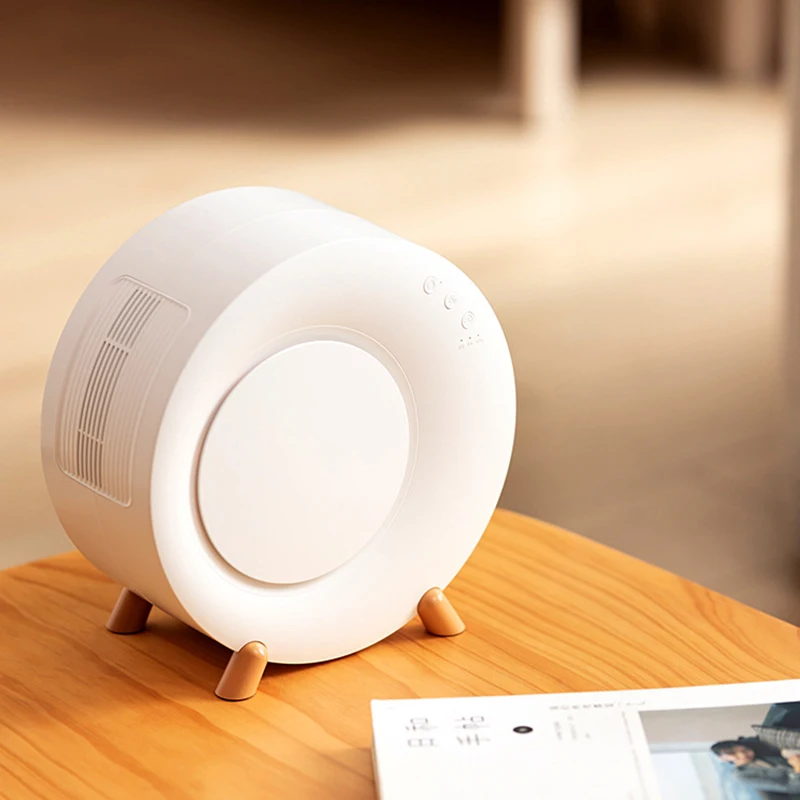 Conclusion
Conclusion
In conclusion, a quiet dehumidifier not only exists but also offers a range of benefits that make it an excellent addition to any home. From enhancing comfort and protecting your belongings to improving air quality and ensuring peaceful environments, quiet dehumidifiers provide a comprehensive solution to moisture control without the unwanted noise. By selecting the right model tailored to your specific needs, you can enjoy a healthier and more tranquil living space. All in all, investing in a quiet dehumidifier today means experiencing the perfect blend of efficiency and serenity in your home.

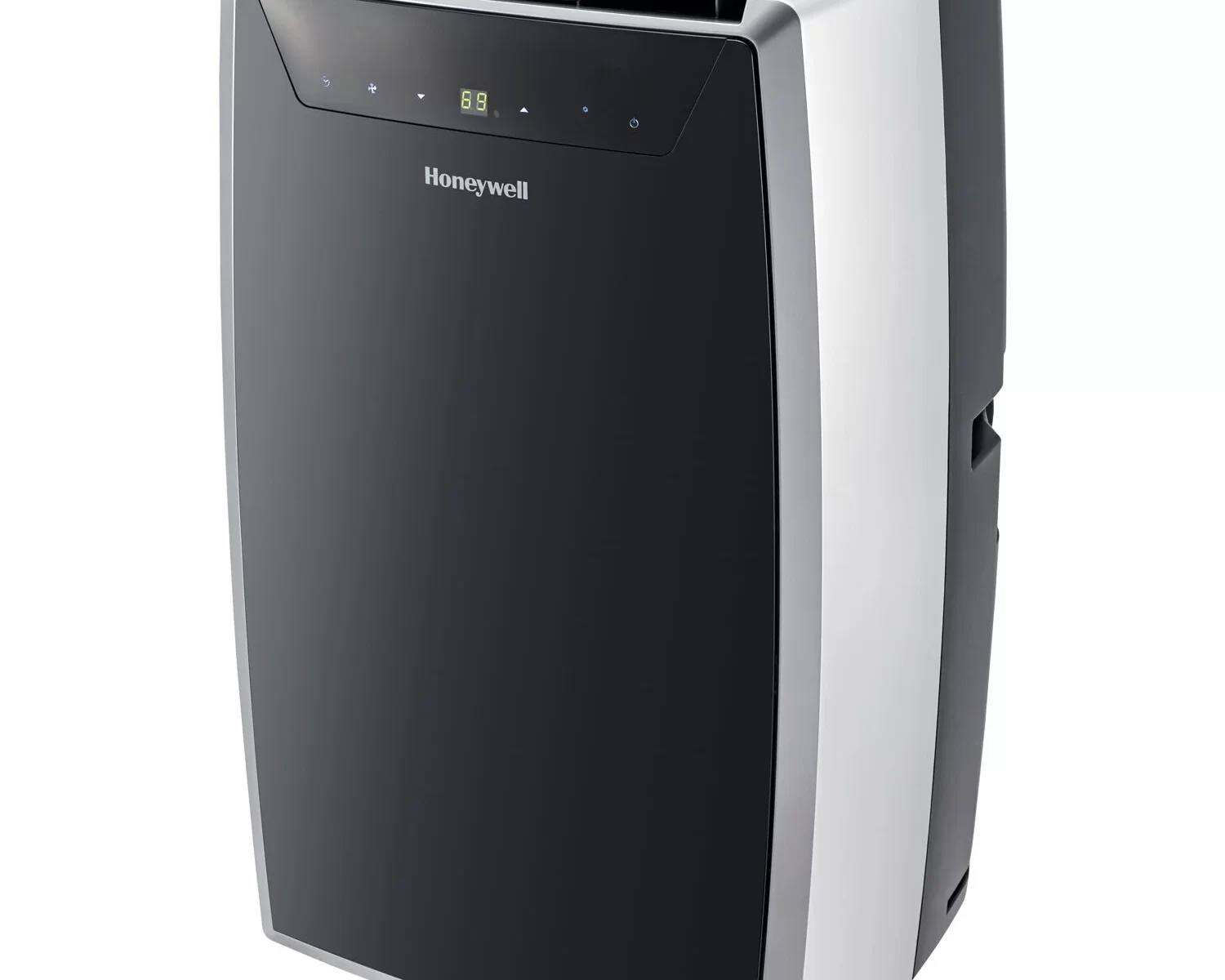
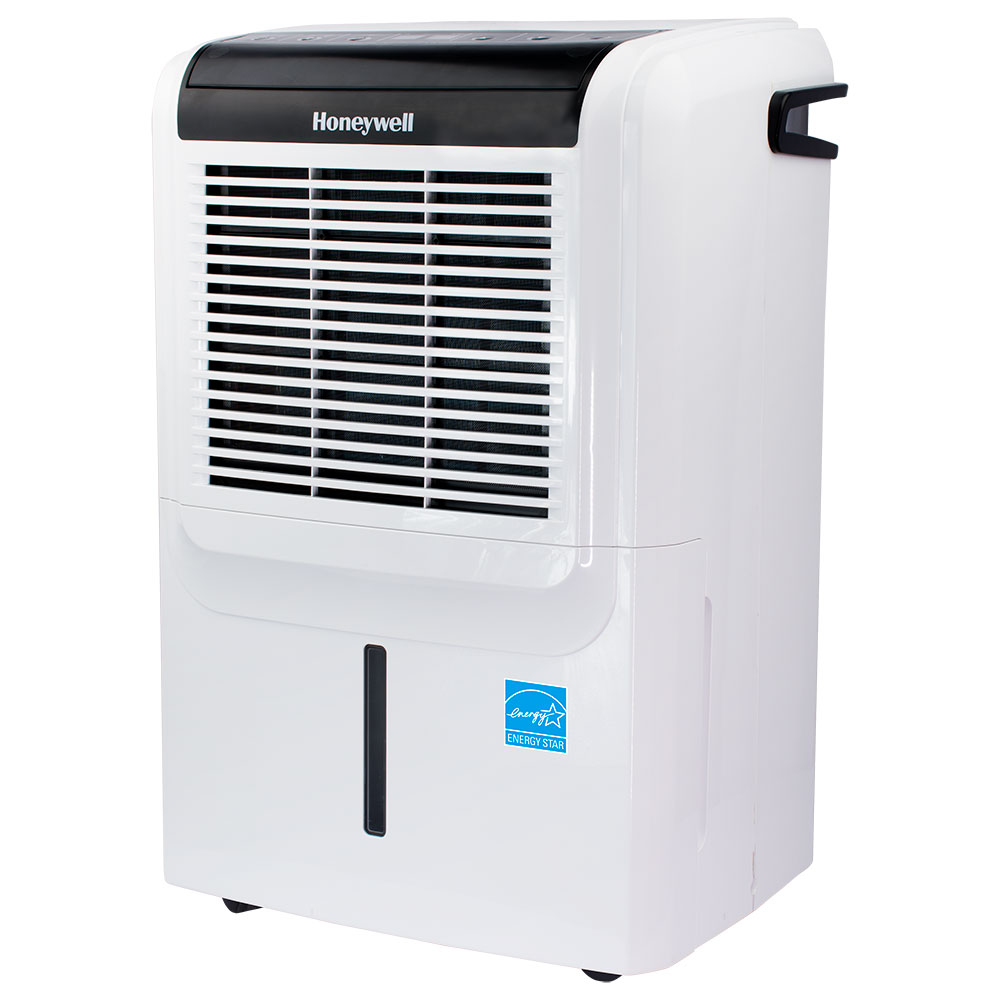 Understanding Portable Mini Dehumidifiers
Understanding Portable Mini Dehumidifiers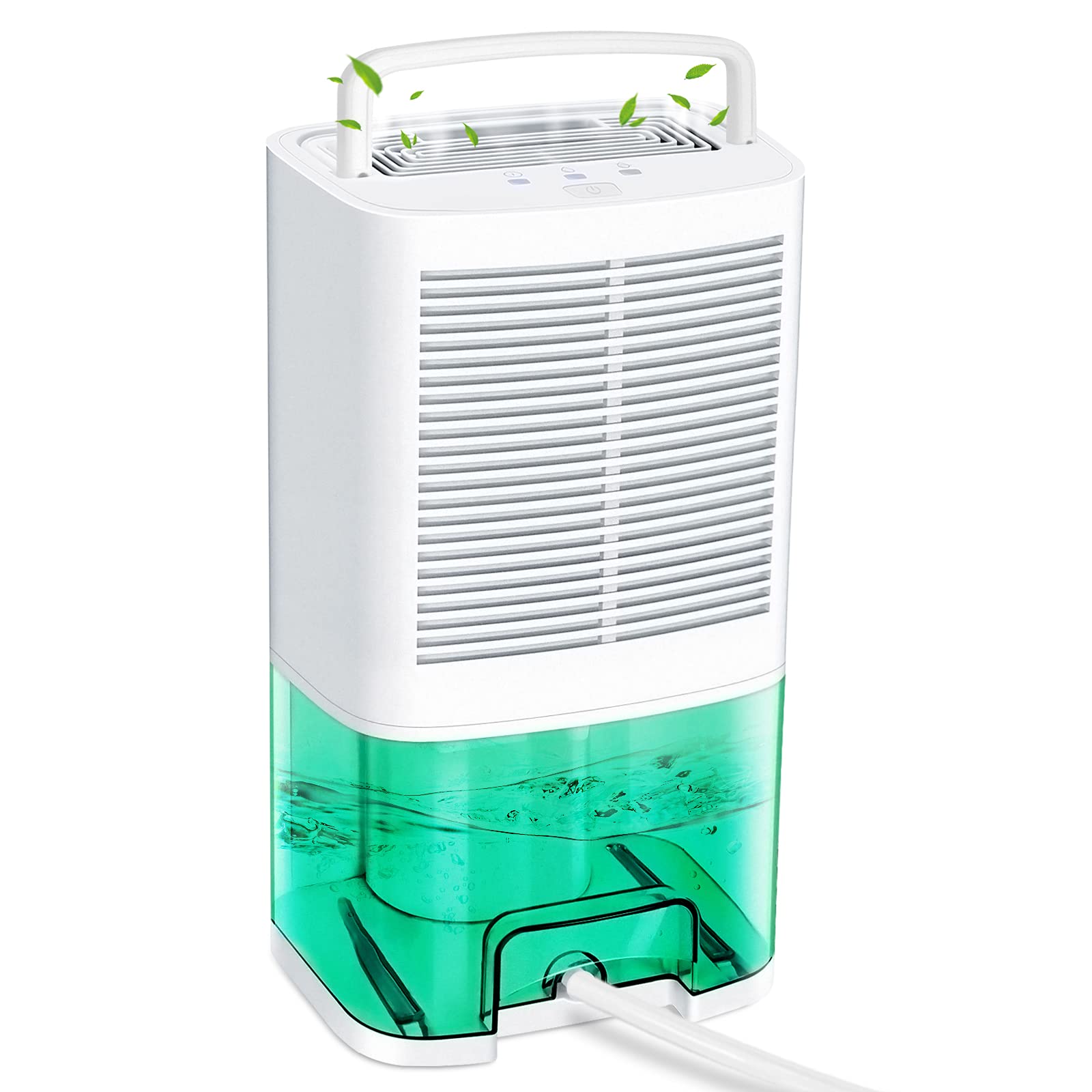 Factors Determining a Portable Mini Dehumidifier’s Effectiveness for a Whole House
Factors Determining a Portable Mini Dehumidifier’s Effectiveness for a Whole House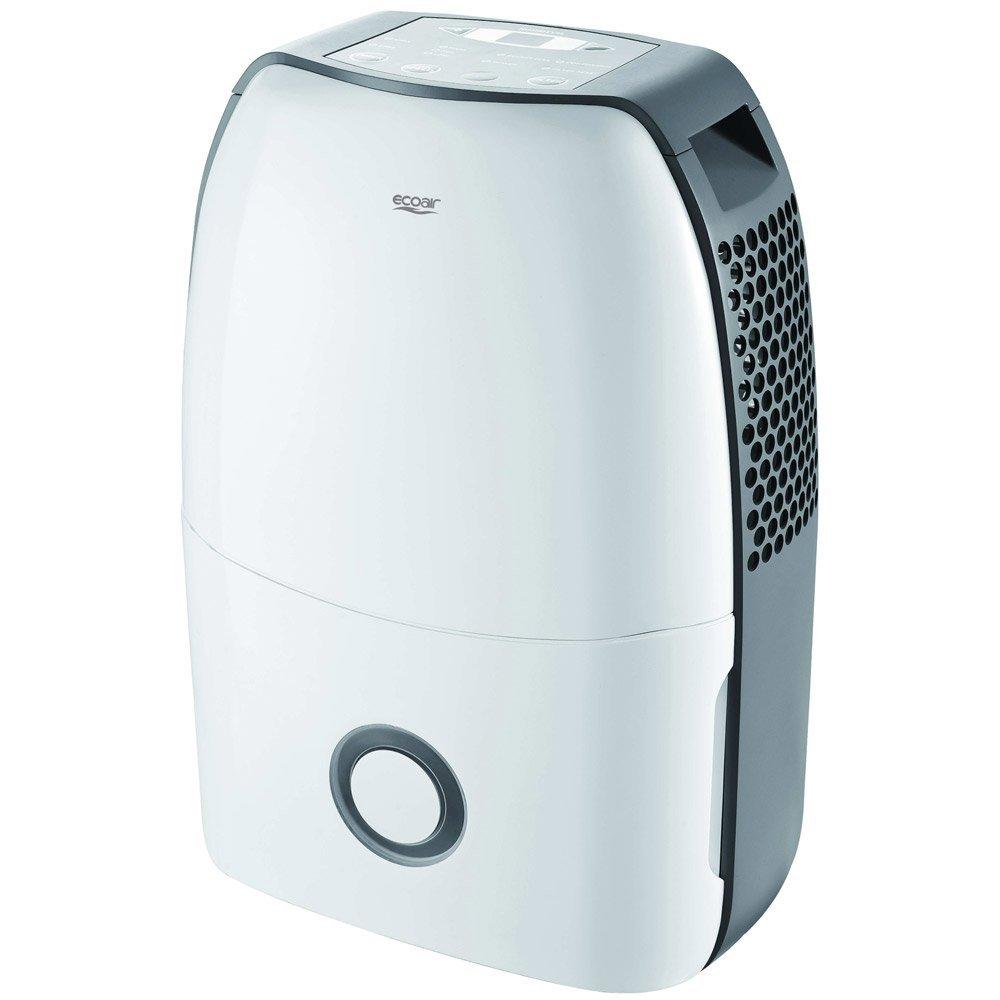 Alternatives to Portable Mini Dehumidifiers for Whole-House Humidity Control
Alternatives to Portable Mini Dehumidifiers for Whole-House Humidity Control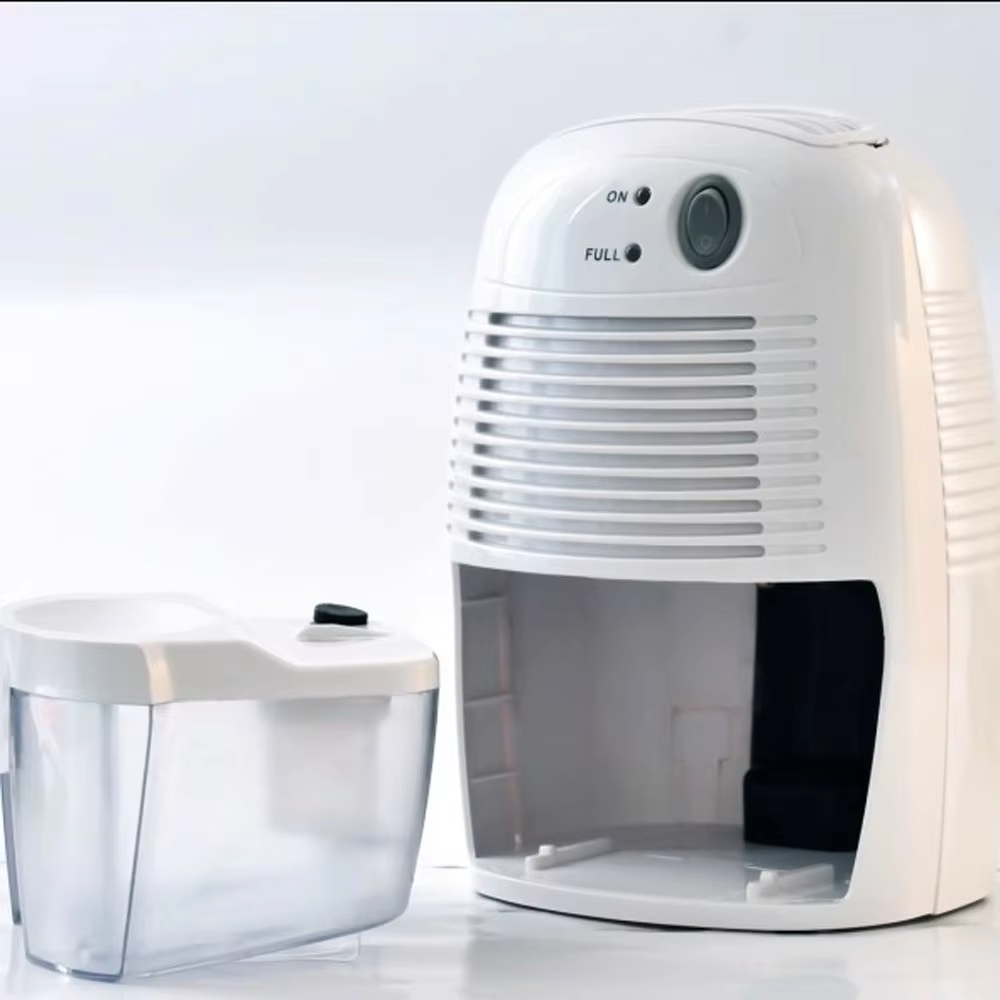 Tips for Choosing the Right Portable Mini Dehumidifier for Your Home
Tips for Choosing the Right Portable Mini Dehumidifier for Your Home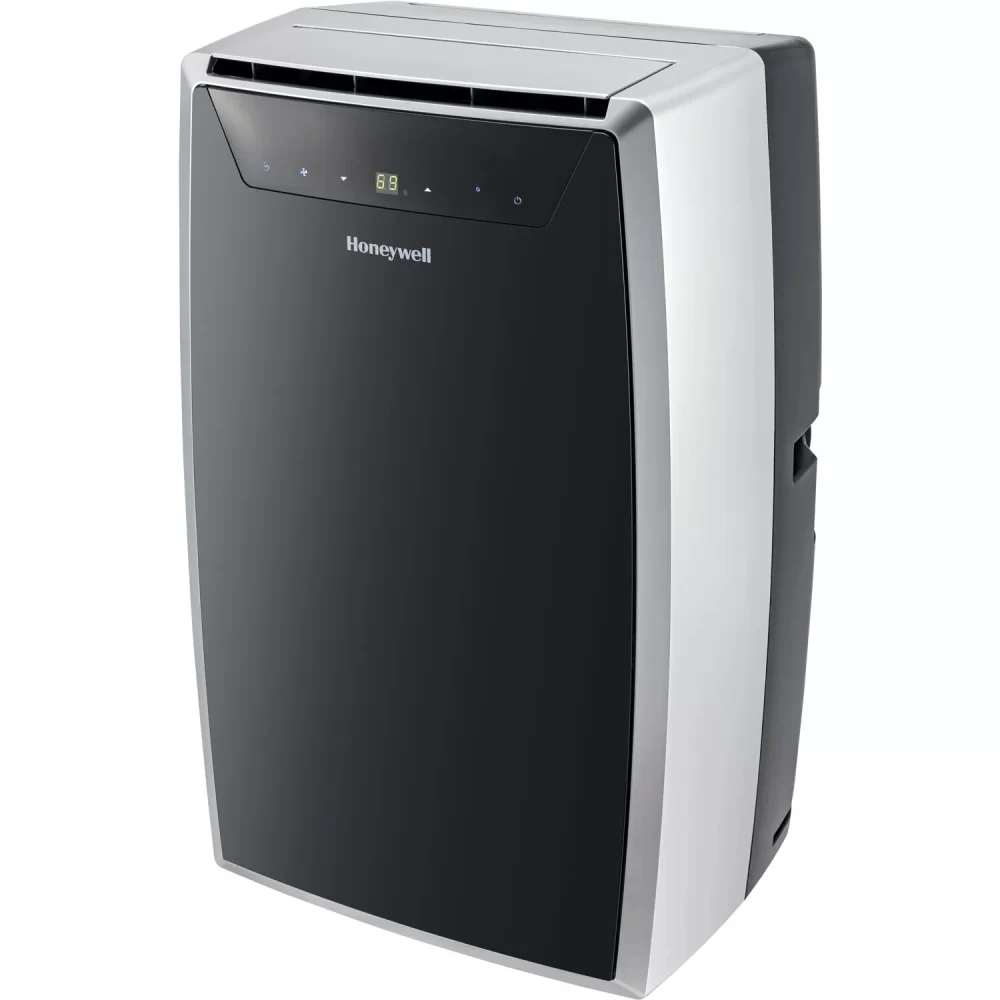 Conclusion
Conclusion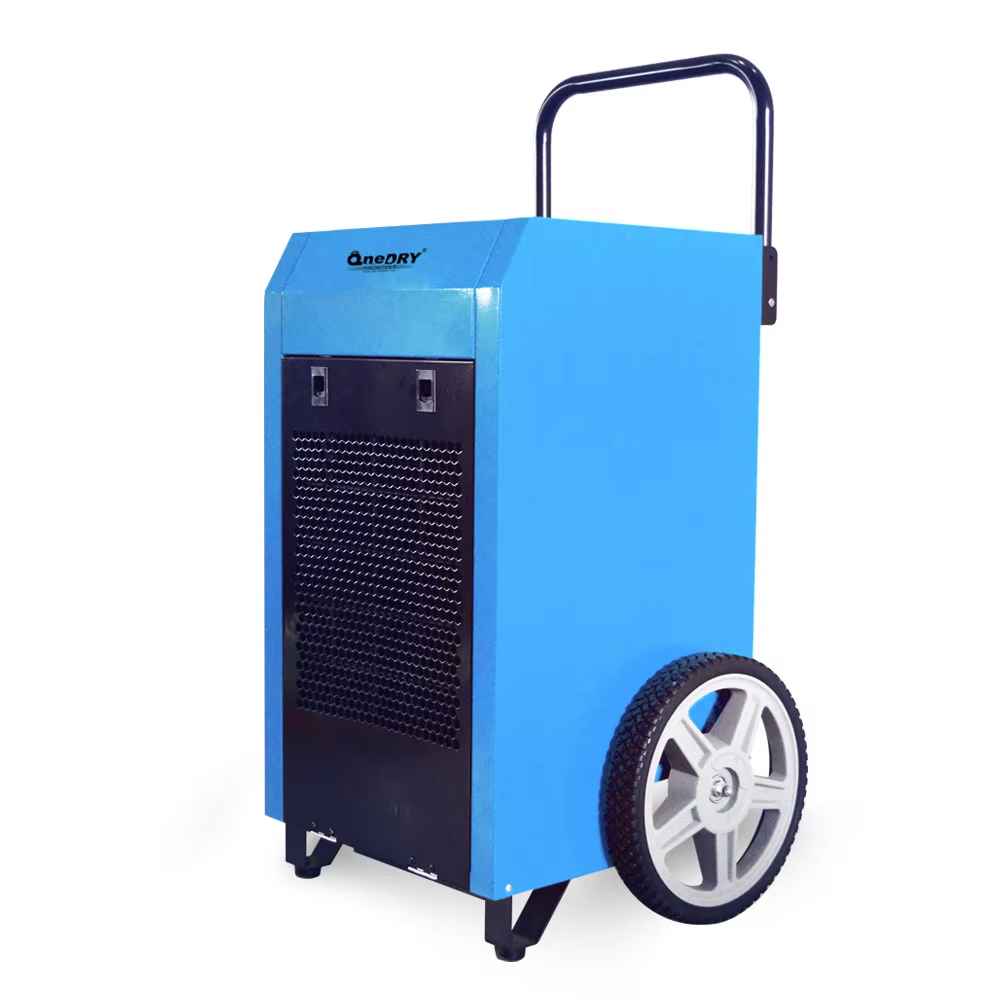
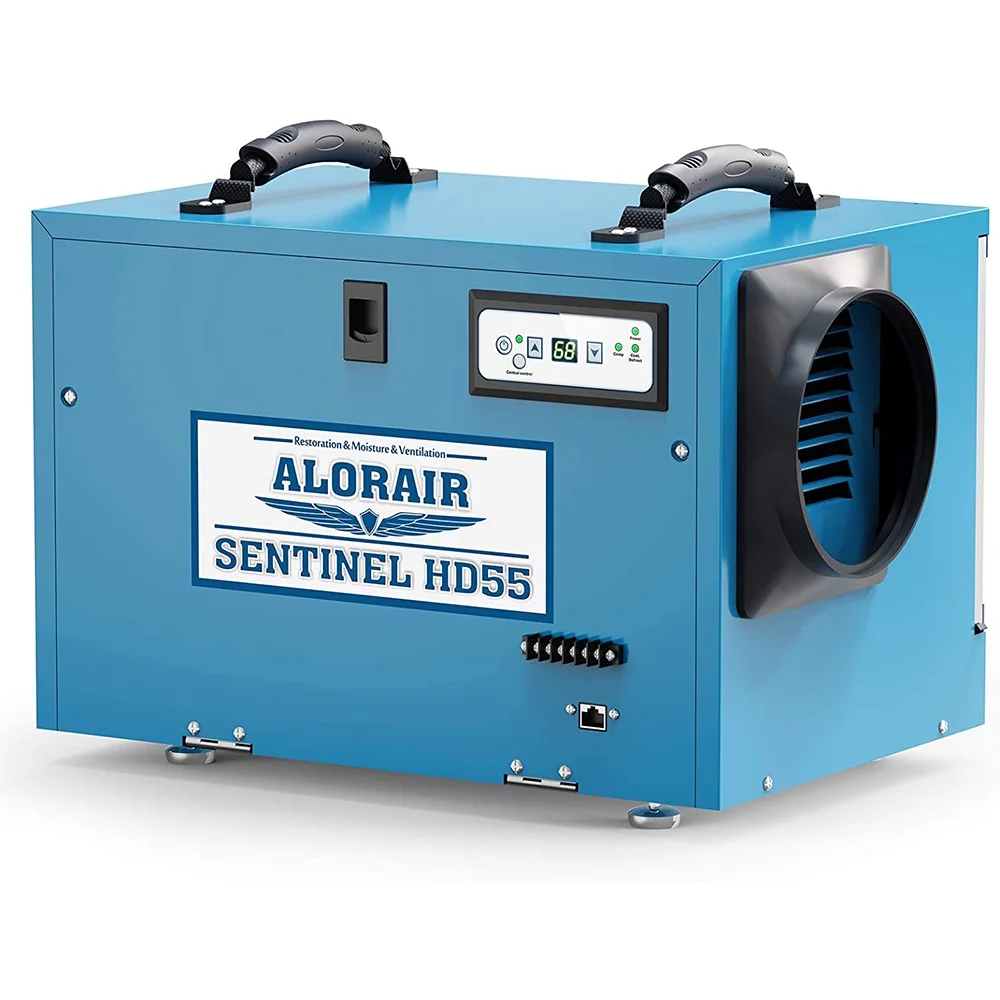 Design and Construction: Built for Heavy-Duty Use
Design and Construction: Built for Heavy-Duty Use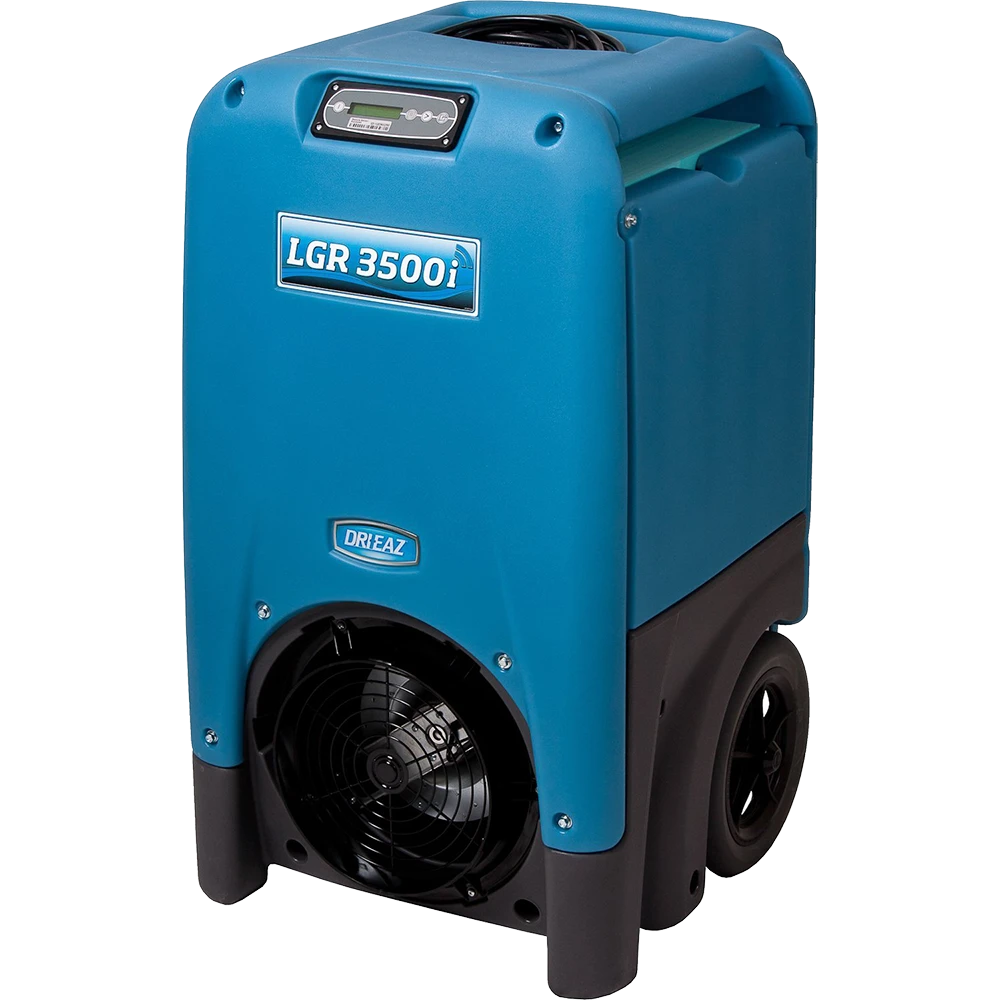 Energy Efficiency and Operational Costs: Balancing Power and Consumption
Energy Efficiency and Operational Costs: Balancing Power and Consumption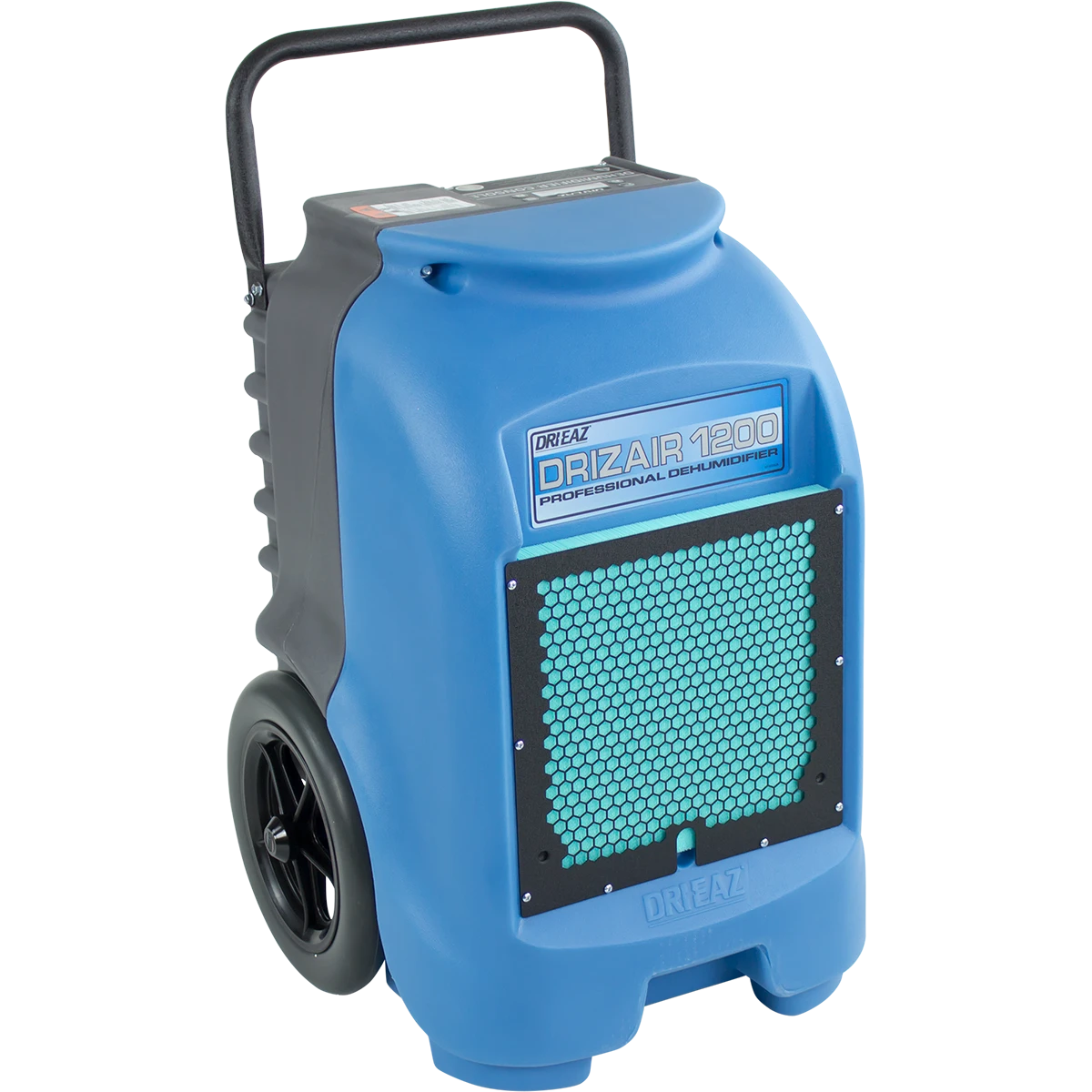 Technological Innovations: Enhancing Efficiency and Functionality
Technological Innovations: Enhancing Efficiency and Functionality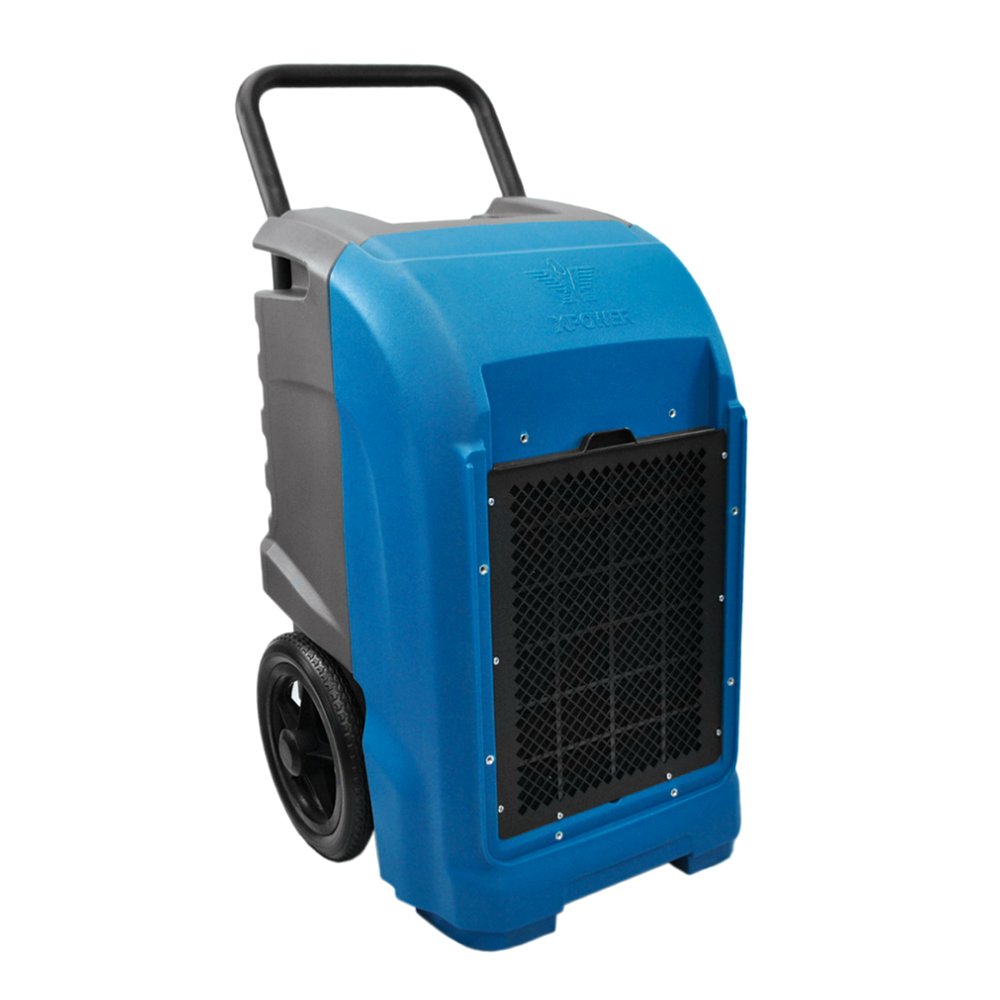 Maintenance Tips
Maintenance Tips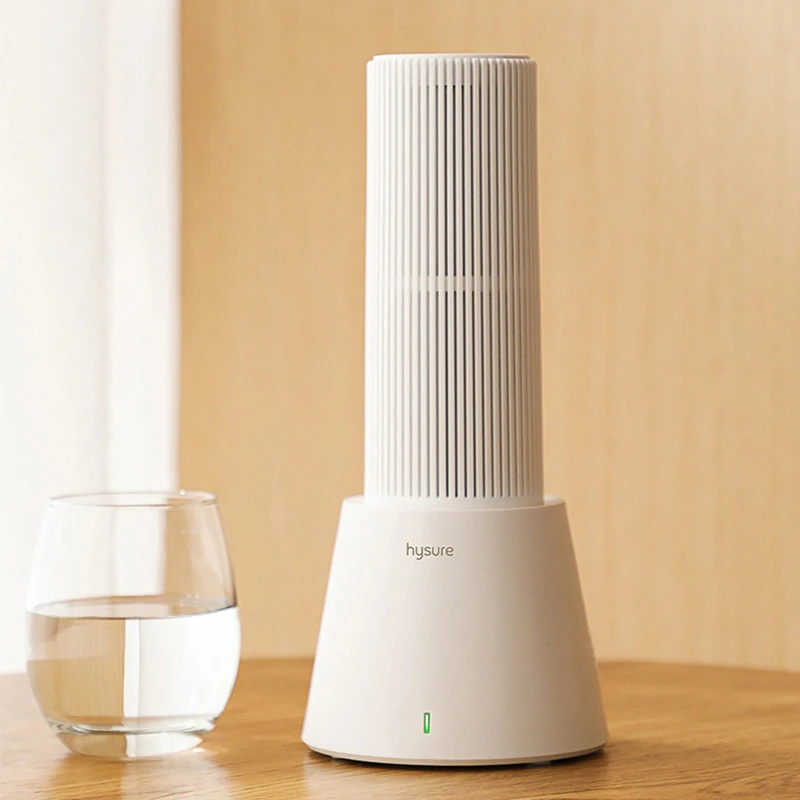
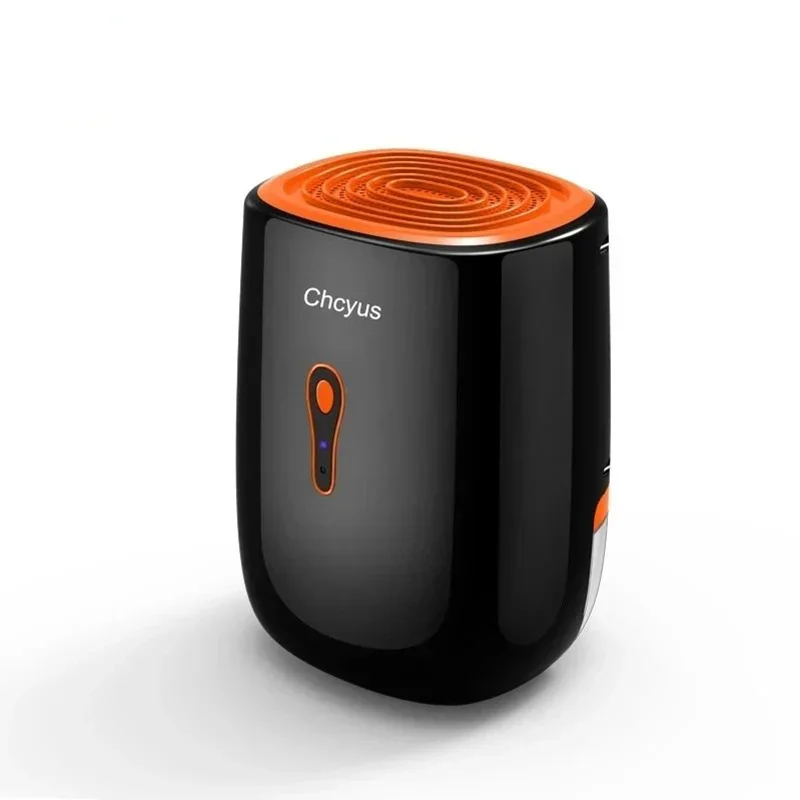 Understanding Mini Small Dehumidifiers
Understanding Mini Small Dehumidifiers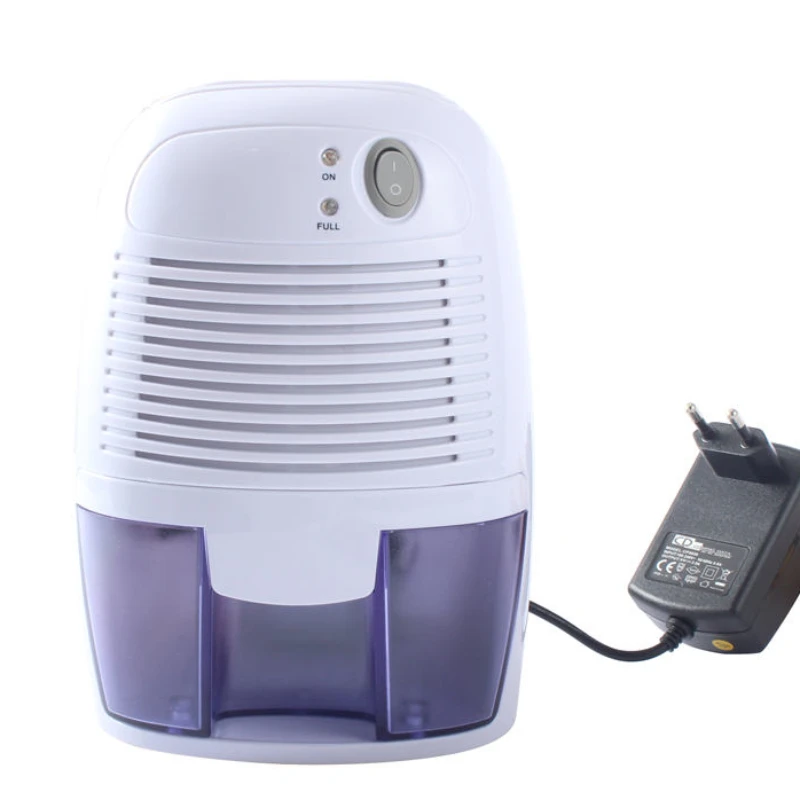 Key Features to Consider
Key Features to Consider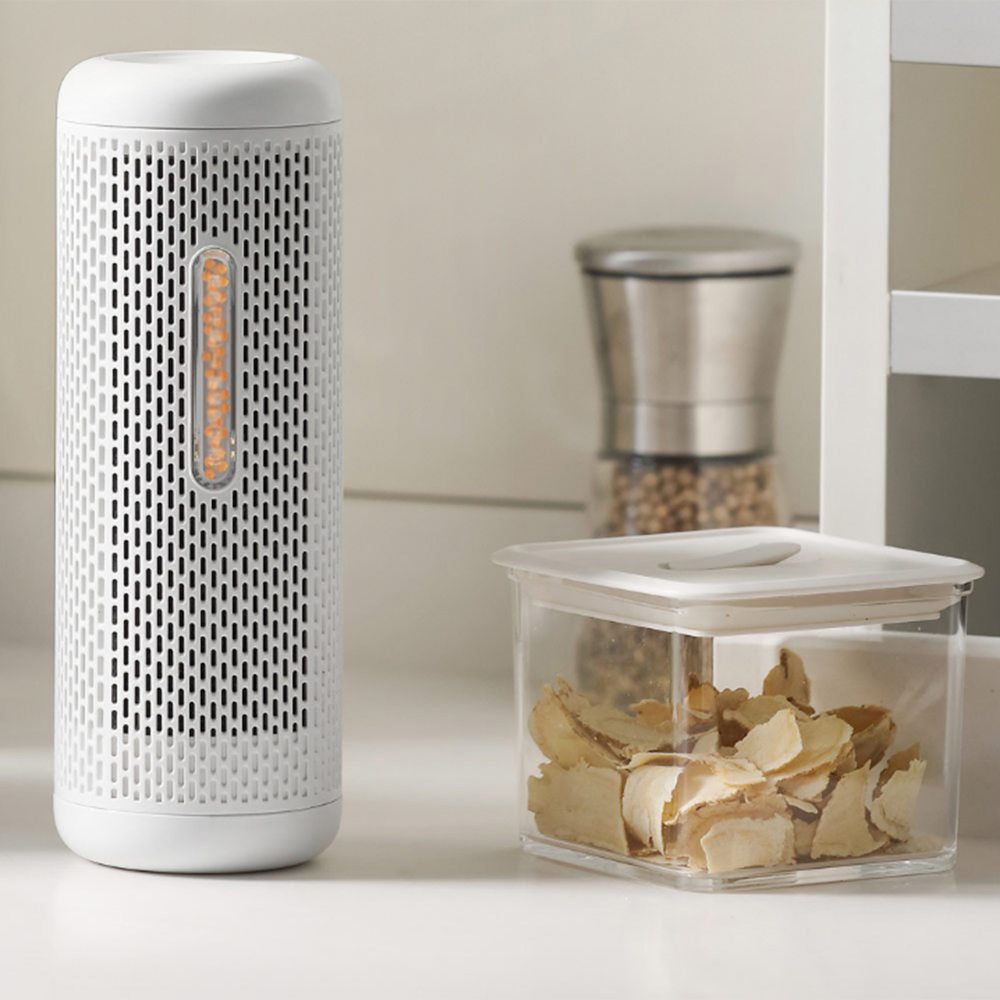 Practical Applications of Mini Small Dehumidifiers
Practical Applications of Mini Small Dehumidifiers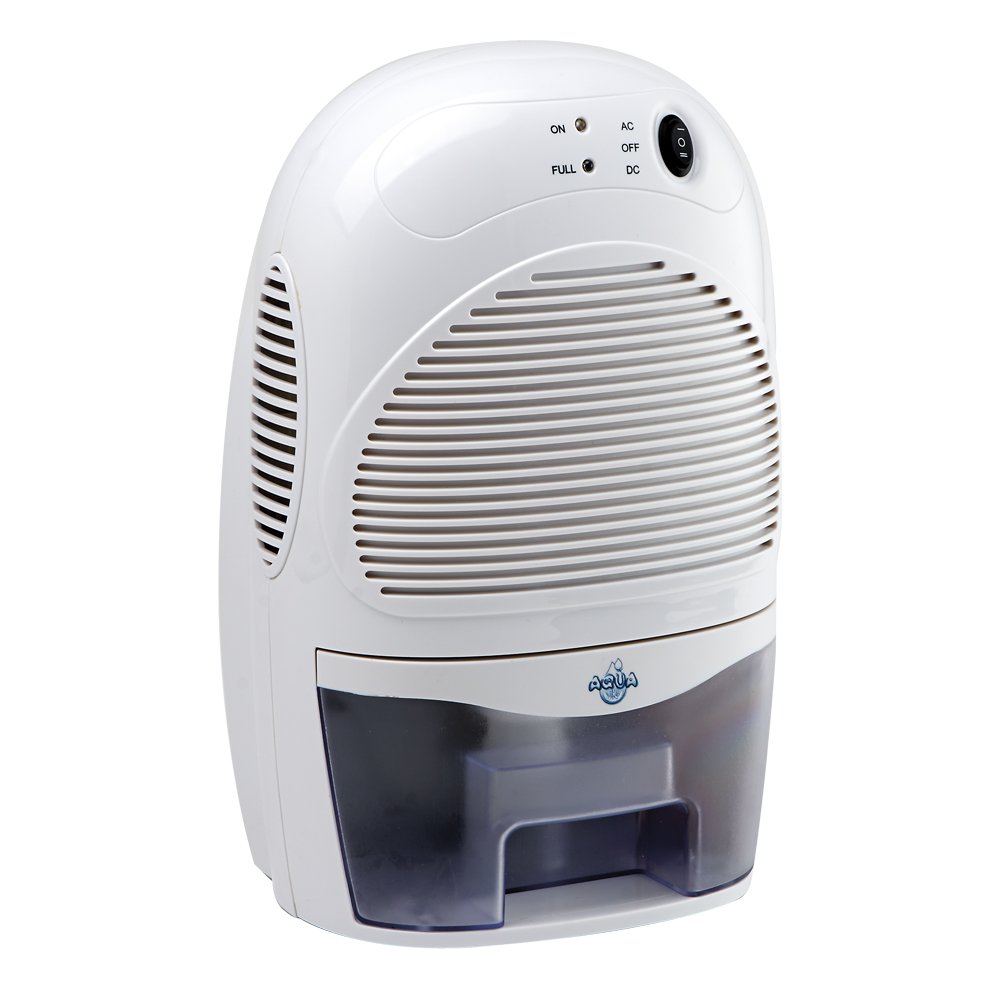 Maintenance and Care
Maintenance and Care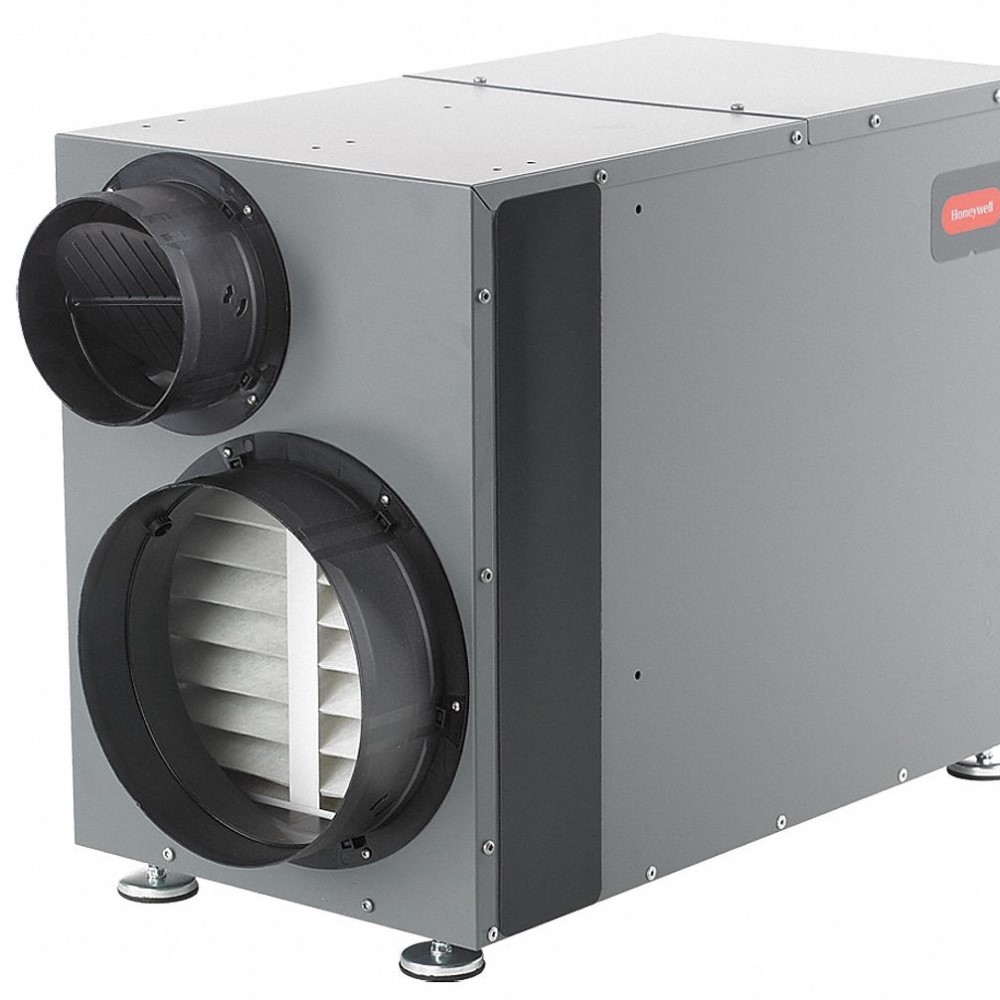
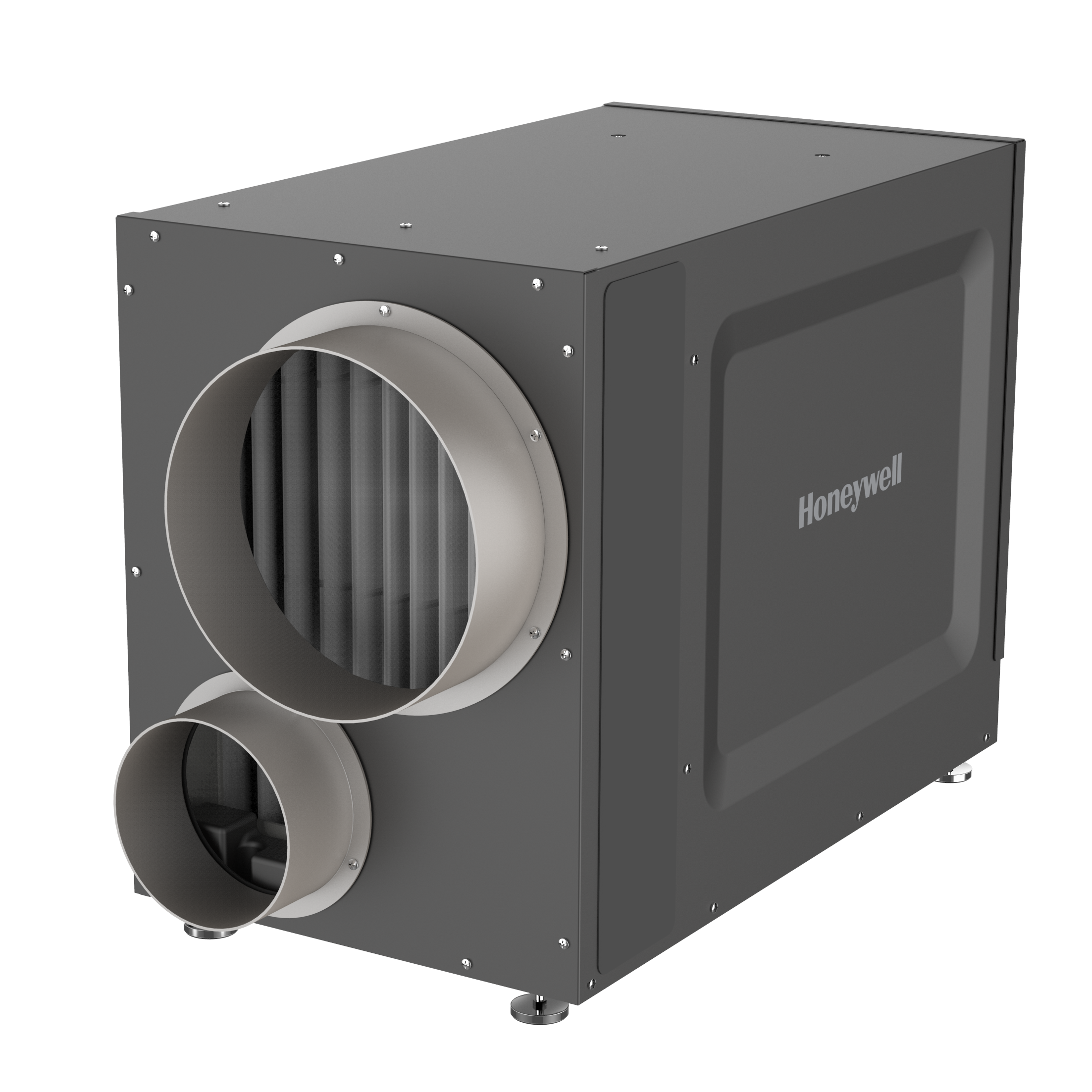 Understanding Whole Home Dehumidifiers
Understanding Whole Home Dehumidifiers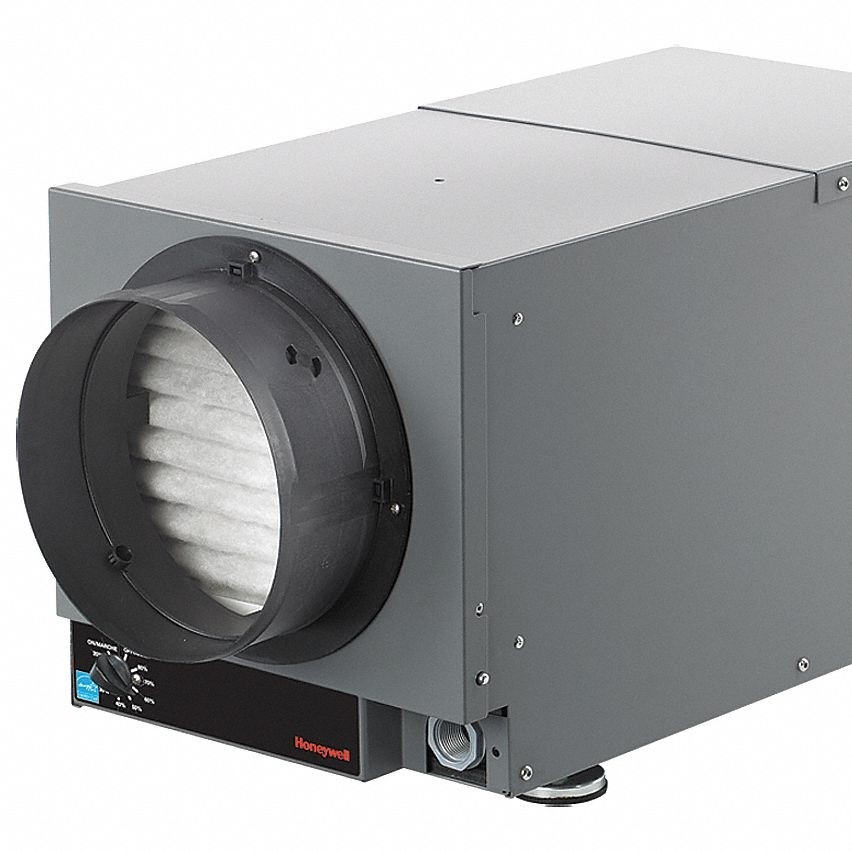 Key Features to Consider
Key Features to Consider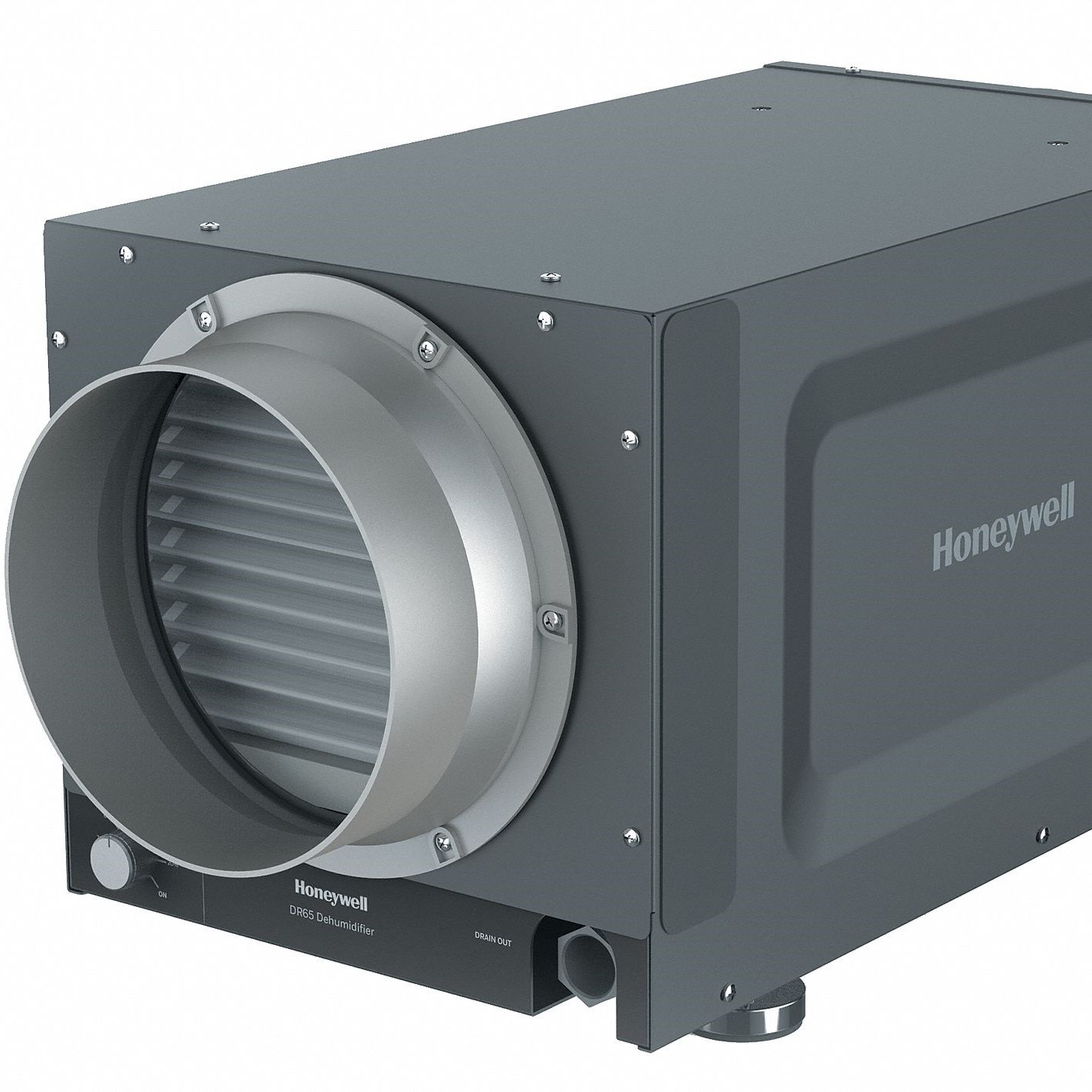 Comparing Whole Home Dehumidifiers to Portable Units
Comparing Whole Home Dehumidifiers to Portable Units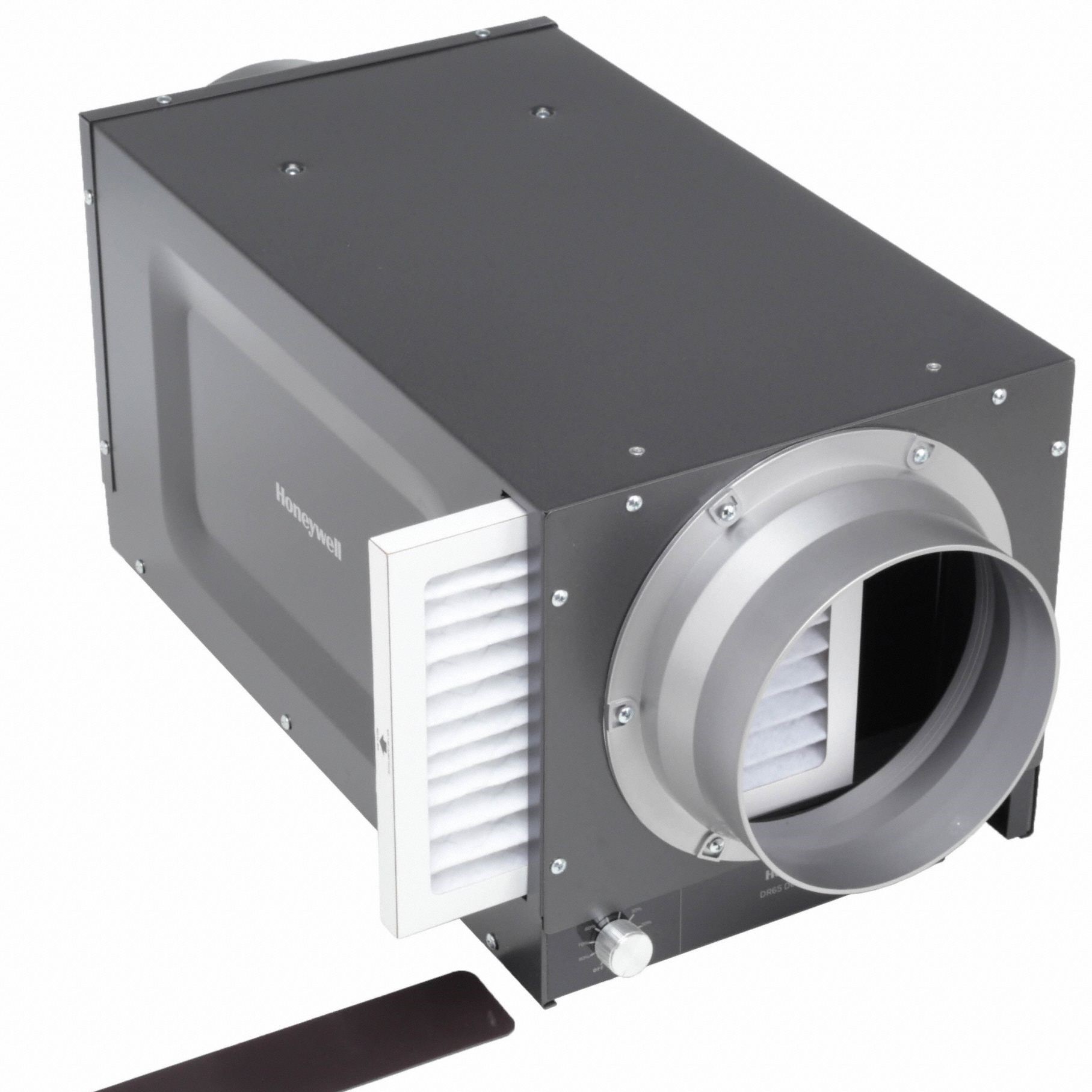 Maintaining Optimal Performance of Your Home Dehumidifier
Maintaining Optimal Performance of Your Home Dehumidifier